Dr. Richard Price
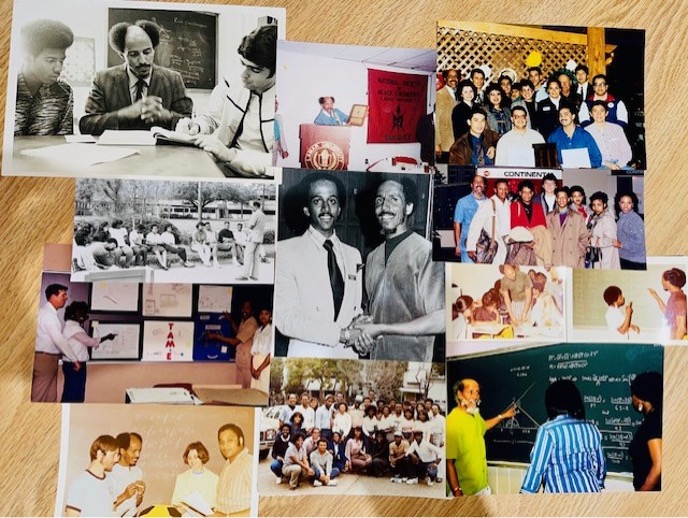
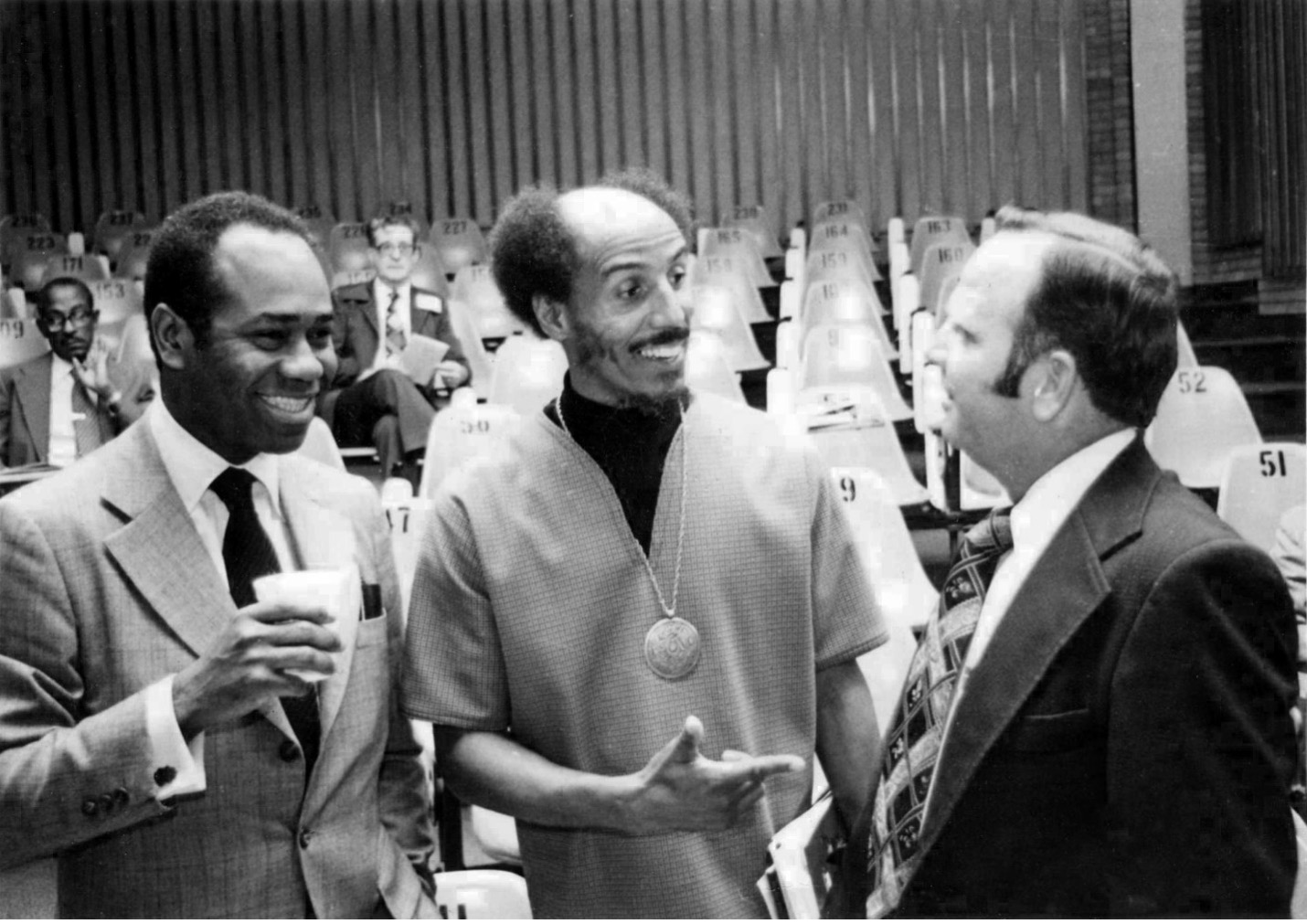
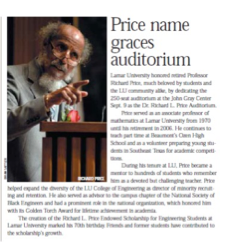
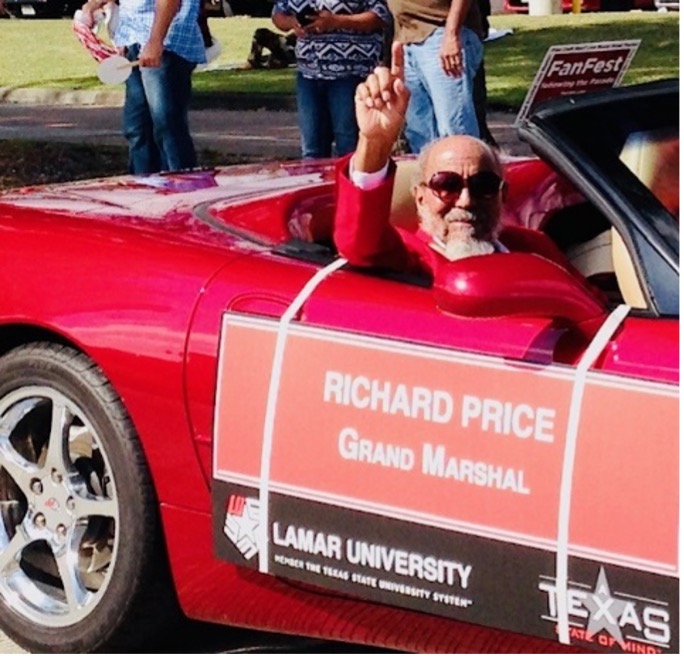
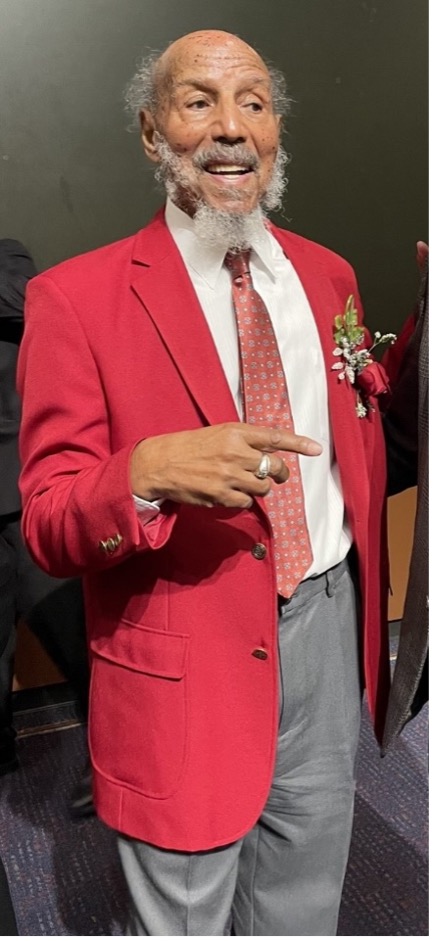
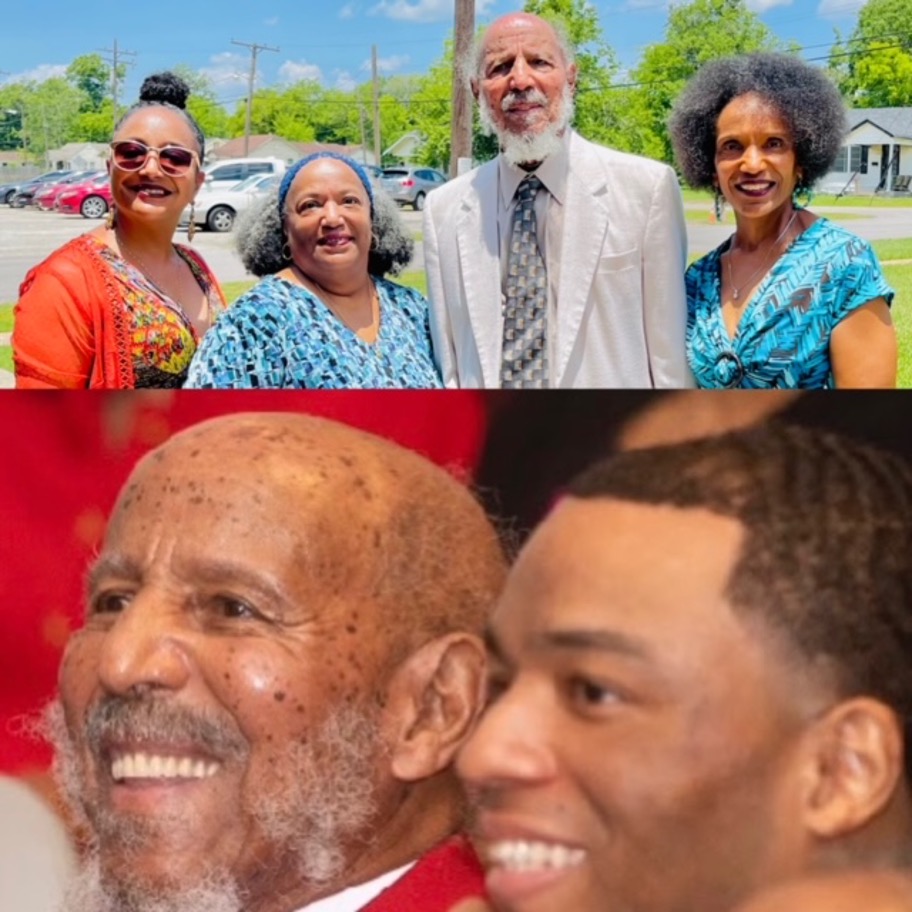
| 90th birthday celebration | Dr. Price with his three daughters, Ricarda McWilliams(oldest), Lydia Owens (2nd), DeLisa Fuselier (3rd) and son Richard L. Price I |
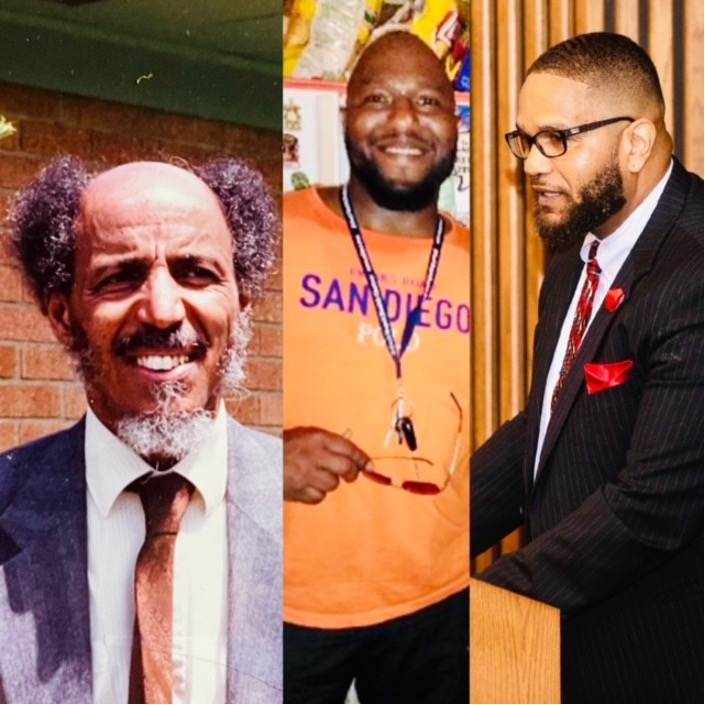

‘I was in Columbus, Ohio at the time about to wrap up my PhD work there. The Dean of the College of Engineering, Lloyd Cherry, that building is named after him. He contacted what used to be my former barber, and he said he had heard about Dr. Price and would like to get in contact with him. So, he contacted my mother and she gave him my telephone number in Columbus and Dr. Cherry called me, very kind, very gracious. He was also in electrical engineering. And he asked if I would come for an interview. At that time Lamar was not even in my radar because at that time it was an all-white school. But Dr. Cherry was very warm even on the telephone and asked me if I would come in for an interview, which I agreed to and at that time I was interviewing I think upwards of 13 or 14 Universities. So, I came down not expecting that it would work out. Again, Dr. Cherry was very kind, very gracious. We went around and met the President at that time Dr. Thomas, and met the head of the Mathematics Department, Dr. Jeremiah, and all of these people were very warm. For dinner, they took me to a place on Port Arthur highway to a restaurant named Schooner (it is still around)….We made a decision to come to Lamar.’
‘Dr. Cherry had told me, if you do come, Richard, you are going to encounter some problems, some people will not be welcoming you here to the university but he said I want you to promise me one thing, that when you do have the negative experiences bring them to his attention and he said leave it to me to take care of it. So yes, early on I did run into those experiences and I did confide in him. If you come, I’m going to give you an office in Cherry Engineering on the second floor. So, my entire 36 years at Lamar was on that second floor right down the hall from the Dean.’
How Brown versus Board of Education (1954) Impacted Dr. Price
‘I was drafted into the Army in 1951 released in 1953 (Korean War). I got my bachelor’s degree in Mathematics at Prairie View University. One of the professors at Prairie View University encouraged me to apply to the University of Texas at Austin. This was 1954. He urged me to apply. His name was Dr. Window P Johns. He taught me two classes. I got the registration packet, filled it out… sent it back to Austin, and the return letter said, the degree that you want the master’s degree in Mathematics is also offered at Prairie View and at Texas Southern University in Houston. Therefore, we feel compelled at this time to refuse your application. At that time the only way a Black could get into the University of Texas if they wanted a degree that they could not get in the state in any other institution or if the university in my case was not willing to send a student out of state. The University of Texas at Austin would send the students to New York, or to Wayne State. They would pay for your transportation. When they would send you out of state, they will let you go the first year, they let you go the second, they would not pay for that third year out of state because they didn’t want to say you got a degree from another institution at the expense of Texas taxpayers. That’s why back in that time there were very few Blacks getting advanced degrees especially in Mathematics, in Engineering, in Physics. So, when they sent me that rejection that must’ve been around May of 1954. It was also the year Brown versus Board of Education (347 U.S. 483, May 1954). Somewhere around then, the Board of Trustees met and decided that maybe it’s time to open this institution to more. My professor heard about it and brought the news to my attention and said so why don’t you reapply.'
'I reapplied to the University of Texas for master’s in Mathematics. It was the same application, and the same person that had written the first letter. This time he wrote me a letter saying, we will be glad to have you. So, I accepted. It was 1955. So, I was among the first group of Blacks under this policy, where we will not deny you. They transported old army barracks to the campus if you can kind of visualize, where Memorial Stadium is, the Football Stadium. I was directly across the street from that stadium. They had two barracks for the Black students.’
Finding a Place
‘I moved the first time and a second time, when I finally found a seat, when I went sat down there with white participants at the table, they got up and left. So, after the second time the same experience the other whites got up and left; that told me that they did not want me here. So, I’ll have to find somewhere else…this was the main cafeteria… The Union cafeteria was much more pleasant environment and more accommodating. Some of the professors, they let it be known that they did not like my being in class.’
Lamar Provided the Platform
‘There was something that I wanted to do. Not only was I a teacher, but I could guide students towards their academic goals and when I talked to Dr. Cherry, it looked like I was going to have that platform at Lamar. That was the only reason I came and I did have that platform my entire 36 years. My goal was to train and teach students and leave my mark. Lamar gave me a platform and it was in my home city. I created lots of programs.
| ‘I would try to pass this on to the next generation: whenever you are fortunate enough to get an assignment where you want, go there because of some prescribed work that you want to accomplish, don’t let anything interfere with the accomplishment of the purpose for which you went to that institution.’ |